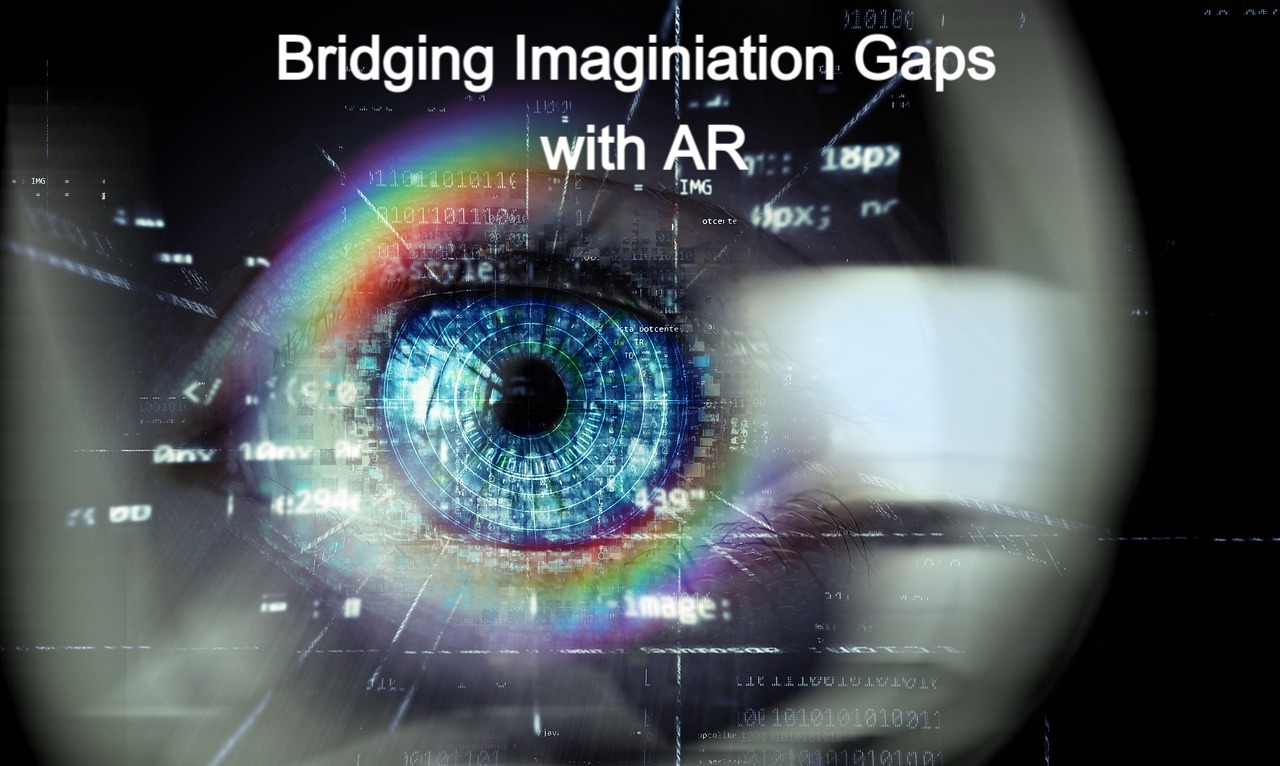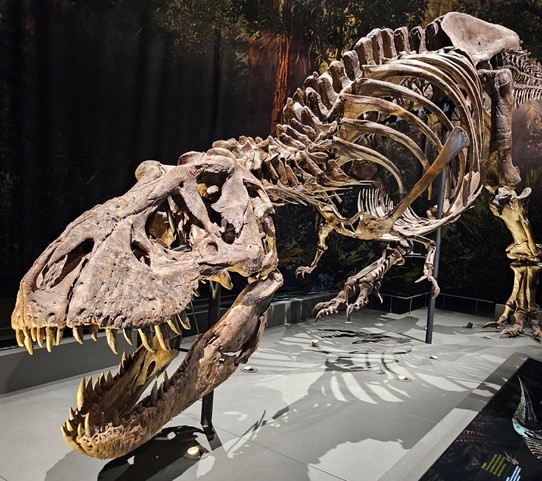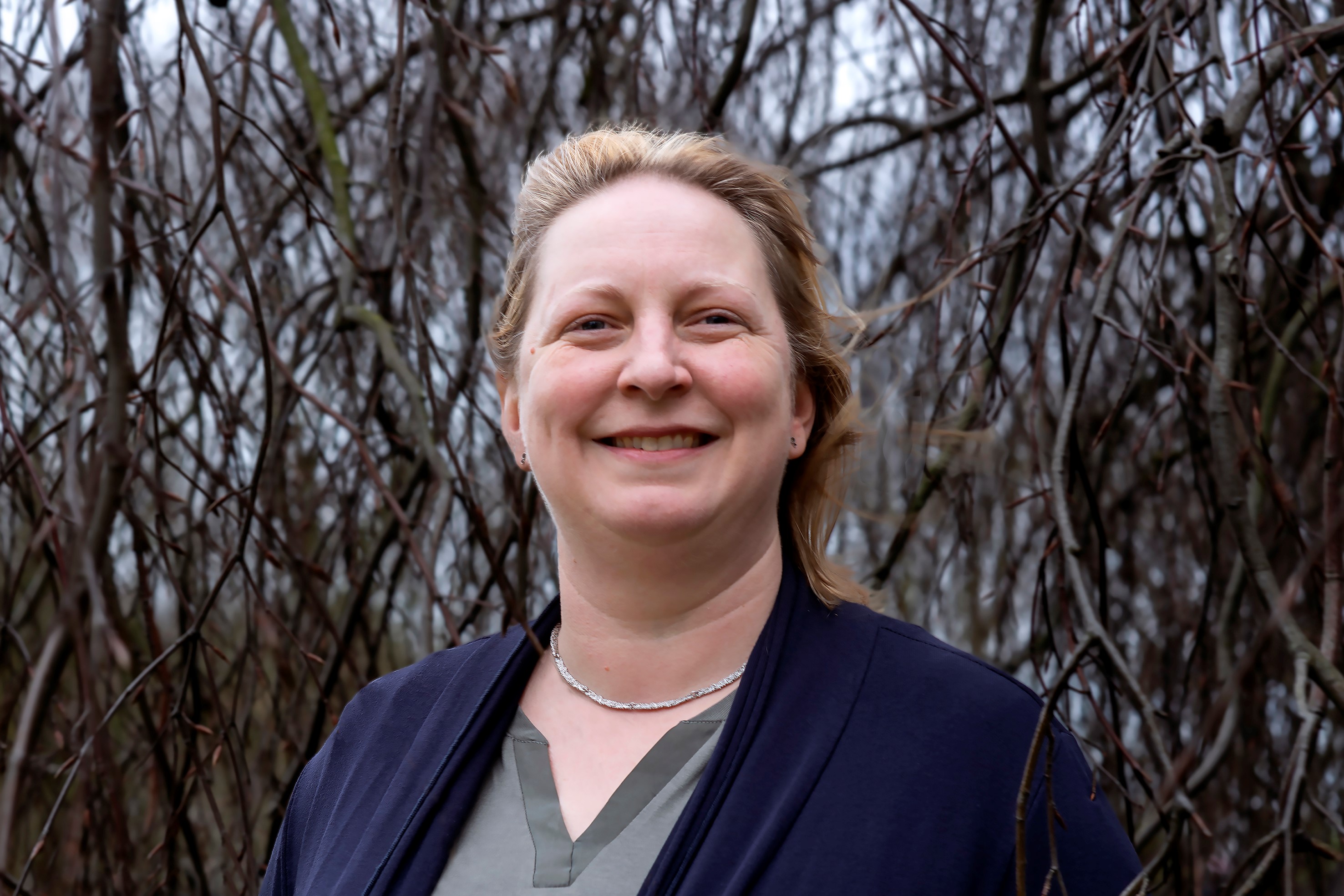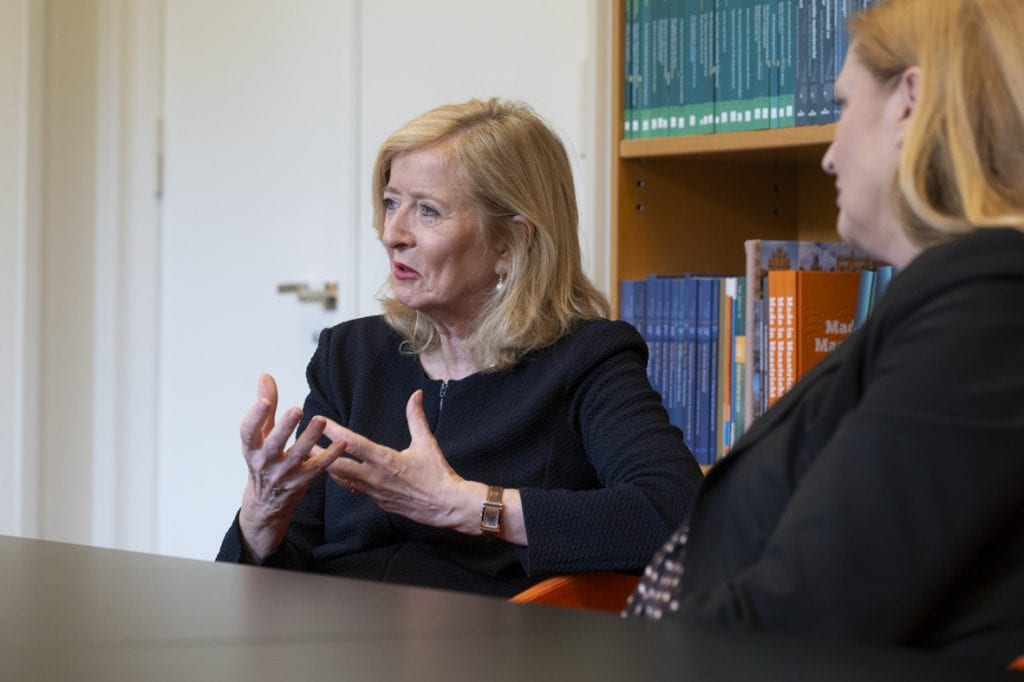SBE Researchers showcase Augmented Reality on UM's doorstep
If you went to the local café chain “Coffee Lovers” in Maastricht right before the pandemic hit, you might remember research assistants approaching you with iPads to allow you as a customer to experience Coffeelovers’ menu in Augmented Reality: Holograms of coffee, cake, or muffins being projected on a table in front of you, so realistic that it leaves you wanting more.
If you experienced this, you were subject to a series of field experiments conducted by researchers from the SBE that are part of the “Augmented Research” group and have specialized in research on digital technologies, such as Augmented and Virtual Reality.
In this project, they wanted to identify how AR can help consumers to overcome so-called “imagination gaps” when making decisions about and purchasing products. The collaboration on this research project between Coffee lovers and SBE aimed to study how AR can help restaurants and cafés to better promote their food and drinks!
Many firms use AR that projects lifelike product holograms into the physical environment to assist customers in bridging so-called “imagination gaps,” which can arise on their path to purchase. However, research has not yet studied whether and how AR might help customers address two pertinent sources of such imagination gaps:
- Increased cognitive load when evaluating multiple products together (e.g., in a bundle) and
- extended physical distance to the point-of-sale (e.g., out-of-store, at home).

This project was a part of SBE‘s Augmented-Research initiative, a research group including Dr Tim Hilken (Assistant Professor), Prof Dr Dominik Mahr (Professor of Digital Innovation and Marketing) and Jonas Heller (Assistant Professor).
Building on the “mental imagery theorizing” framework, the researchers explain how AR supports customers in bridging these gaps. Through a series of field and experimental studies, they evidence effects on customer purchase intentions and behaviour. Specifically, the project group can show that AR-generated imagery of bundled (versus individual) products enhances intended and actual purchases at the point of sale. Furthermore, when deployed at distant points in the purchase funnel (out-of-store, at-home), AR increases purchases through improved self-projection, described as the psychological mechanism customers use to mentally bridge distance to the point-of-sale.
The SBE research team qualifies this mediating mechanism through an important moderating process, where the effect of AR-generated imagery on self-projection is suppressed for customers with a holistic (versus analytic) thinking style.
| The research group acknowledges and thanks the DEXLab for providing digital equipment that was used during the data collection for this project. |
Also read
-
Article "T. rex is Fierce, T. rex is Charismatic, T. rex is Litigious: Disruptive Objects in Affective Desirescapes" by Donna Yates and Emily Peacock presenting T. rex fossils as disruptive objects that can drastically influence the actions and reactions of humans that encounter them.
-
"I am proud that our new Circular Plastics group published its first completely in-house research," Kim Ragaert says. She founded the research group three years ago, when she moved to Maastricht. Her work has laid the foundations for many innovations in the field of plastic recycling, and she is...
-
Emily O’Reilly has held the position of EU Ombudsman for over a decade, ensuring the transparency of the EU institutions by investigating high-profile cases of maladministration and promoting good governance. On June 20, 2024, she gave a keynote address at the conference “Between narratives and...


